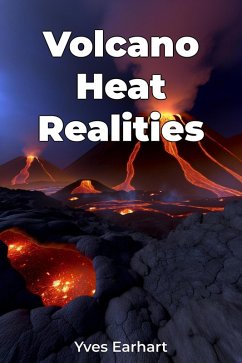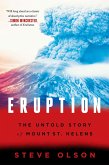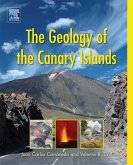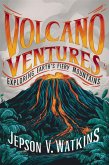The book uniquely combines technical precision with accessibility, making complex volcanological concepts understandable for both geology students and professionals in related fields. The text progresses logically through three main themes, beginning with essential concepts of rock mechanics and magma composition before delving into more complex interactions between plate tectonics and volcanic activity. The final section examines heat flow patterns in volcanic systems, incorporating evidence from seismic data, satellite imagery, and chemical analysis of volcanic rocks.
Throughout the book, real-world case studies and practical applications demonstrate the relevance of volcanic studies to contemporary challenges in hazard assessment, geothermal energy development, and climate science. What sets this book apart is its balanced approach to controversial topics and its integration of traditional geological concepts with modern applications. The inclusion of diverse research methodologies, from field mapping to remote sensing technologies, provides readers with a comprehensive understanding of how scientists study volcanic systems.
While maintaining technical accuracy, the book successfully avoids unnecessary jargon, making it an invaluable resource for understanding the dynamic processes that drive volcanic activity and their implications for both natural systems and human society.
Dieser Download kann aus rechtlichen Gründen nur mit Rechnungsadresse in A, B, BG, CY, CZ, D, DK, EW, E, FIN, F, GR, H, IRL, I, LT, L, LR, M, NL, PL, P, R, S, SLO, SK ausgeliefert werden.









